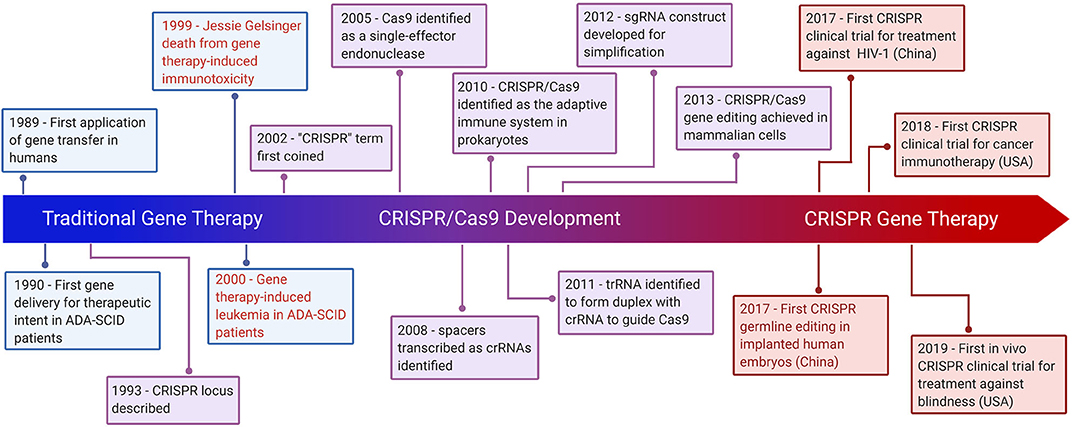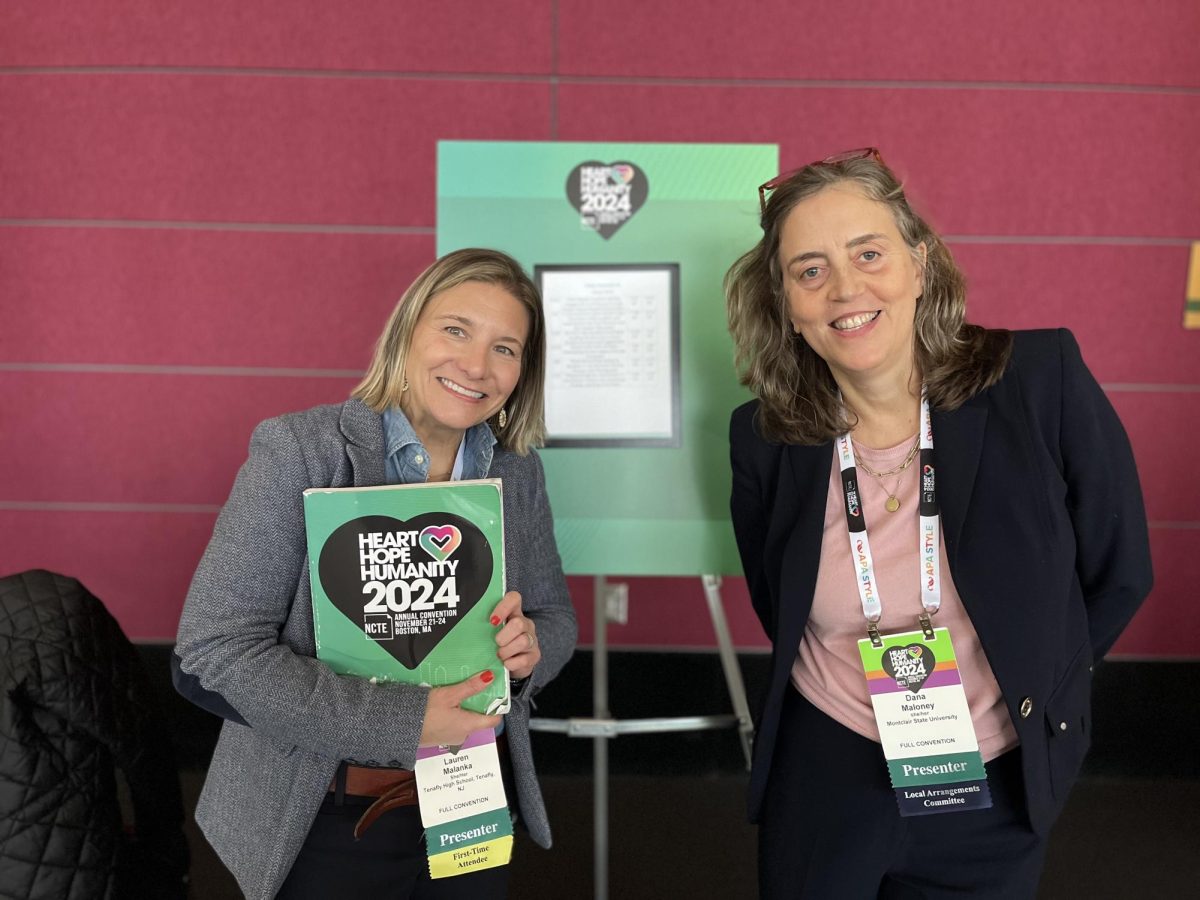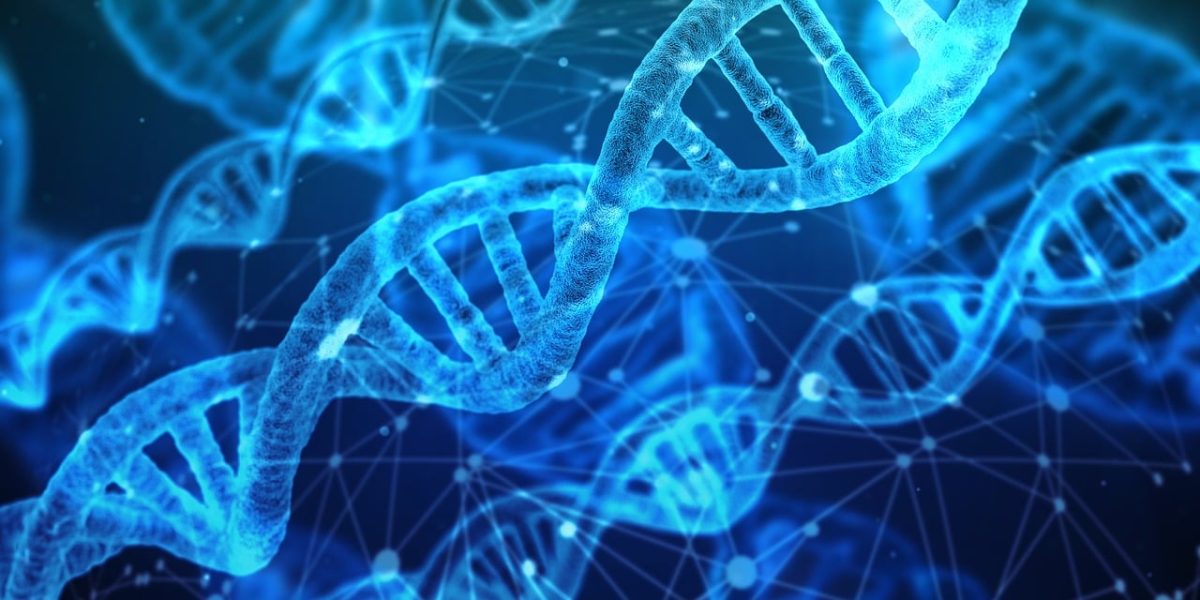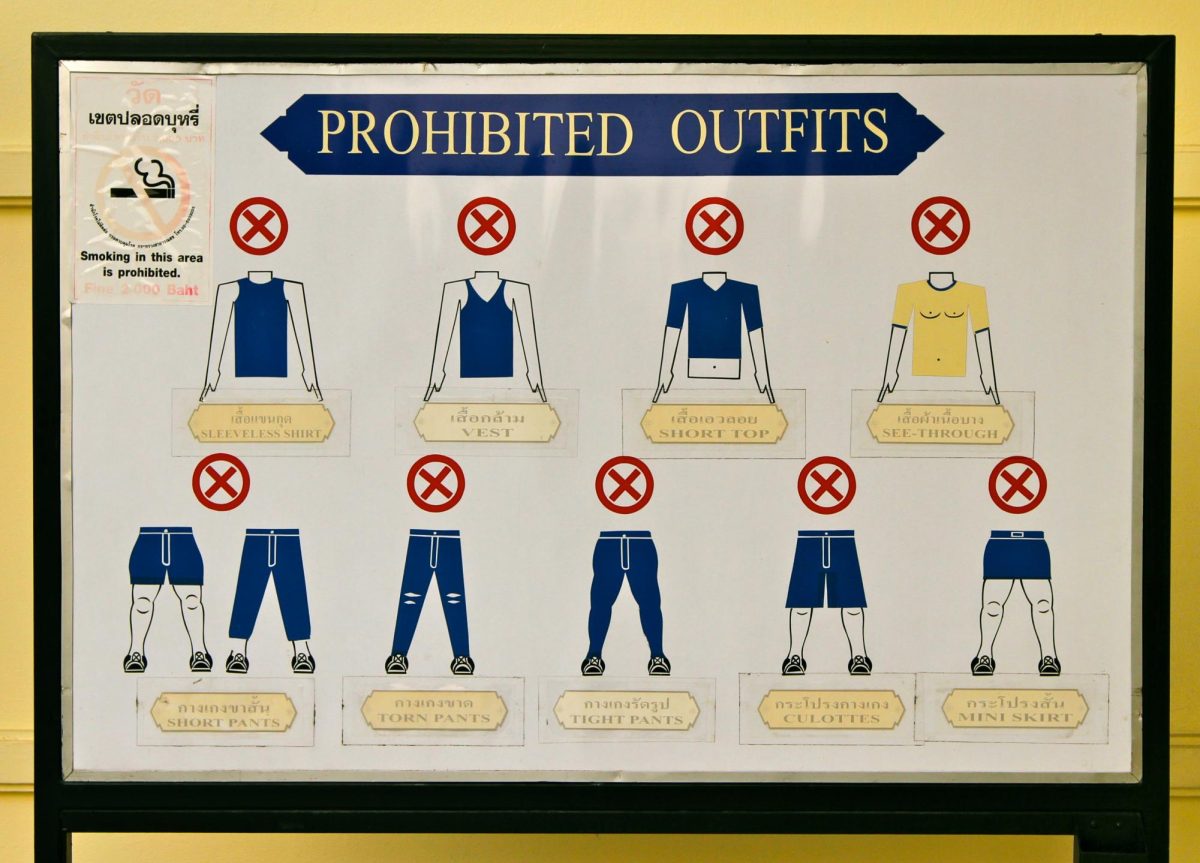Within the world of science, one growing field stands out: genetic engineering. According to the National Human Genome Research Institute, genetic engineering is a “process that uses laboratory-based technologies to alter the DNA makeup of an organism.” Genetic engineering has powerful capabilities, especially in the research and pharmaceutical field, which could lead to the development of therapies for diseases. One popular method of genetic engineering that has risen in the last few years is CRISPR/Cas-9. In short, CRISPR/Cas-9 is a genome editing tool that allows scientists to add, delete, or change sections of an organism’s DNA. CRISPR currently holds much promise and hope, but multiple factors must be addressed.
Firstly, one major risk of using CRISPR is a phenomenon known as genetic drive. According to an interview on Yale Insights, “What that means is that because you’re actually manipulating genes and those genes get incorporated into the genome… potentially those genes can be transferred on to other organisms.” Once genes are transferred onto another organism, they can become part of a repeating cycle and be passed on to more species over time. If humans were to use CRISPR to make changes in their genomes, then these changes could be passed on from generation to generation; the same interview reveals, “there’s always the possibility that either we miss something or our technology can’t pick up on other changes.” This scenario could lead to an unforeseen mutation that is hard to control or unwanted antibiotic resistance, perhaps even an incurable disease.
Secondly, there are multiple ethical concerns researchers should address with CRISPR. As previously discussed, genetic drive can change the DNA of not just one individual, but multiple future generations. According to the Centre Of The Cell Blog, “There is also the issue that you cannot obtain consent from someone who is not born yet, as it is their DNA that is being altered.” However, some may argue that curing a life-threatening or impairing disease may outweigh these concerns. With more research and testing, this argument could become quite convincing. On the other hand, people are also worried about the use of CRISPR for purposeful gene selection. “Designer babies” are a notion where the parents can specifically choose a baby’s characteristics and have their genes altered. The same blog finds that although this concept is not likely to occur any time soon, this allows for the “possibility of slowly modifying the gene pool for the whole of humanity; a huge and irreversible change.”
Thirdly, there is a concern that the whole field of genetic engineering is moving too rapidly. Due to the large potential of CRISPR, an overexaggerated nature has been developed. Many people have jumped to conclusions too quickly and spread misinformation online; Yale Insights also reports that “some researchers want to get into human clinical trials right away, even before the CRISPR technology paradigm has been fully validated.” In other words, what society thinks scientists can do with CRISPR has been blurred with the limited things that researchers can currently do legally. Although CRISPR will not have the same effect that society holds it accountable for, it will nonetheless be extremely helpful to the science and research community.

CRISPR gene editing can also create unwanted changes and side effects unforeseen to researchers. An article by the New York Times investigated a study published in the journal Cell, “ the CRISPR/Cas9 technology appeared to wreak genetic havoc in about half the specimens that the researchers examined…” This study is unique when compared to the previous studies that have reported successes in using CRISPR. The researchers of the study used the CRISPR/Cas9 system to remove a mutation of hereditary blindness in a fertilized egg DNA. The results were intriguing: although some cells were able to adapt to the change, many cells were unable to heal, and “eventually forc[ed] … to tear off and toss aside large chunks of the chromosome…” The intention was to create a targeted deletion in the cell genome, but this change ended up interrupting and deleting a significant portion of the genome. Overall, the results and analysis of this study make it evident that CRISPR requires more time to develop as many things can go unnoticed at this time.
In the end, there is no sure answer to whether CRISPR/Cas-9 is extremely dangerous or beneficial. While the above reasons might completely dissuade an average person’s opinion, it is important to know that CRISPR is still in a relatively new phase, and more testing and research are necessary to fully understand it. Each day, scientists are looking for solutions to the above issues and constantly refining and updating their techniques. Someday in the future, CRISPR may be able to live up to its full capability, potentially offering life-saving solutions. However, for now, it is important to stay informed about advancements in genetic engineering and be able to differentiate between real and fake information.













































































































































